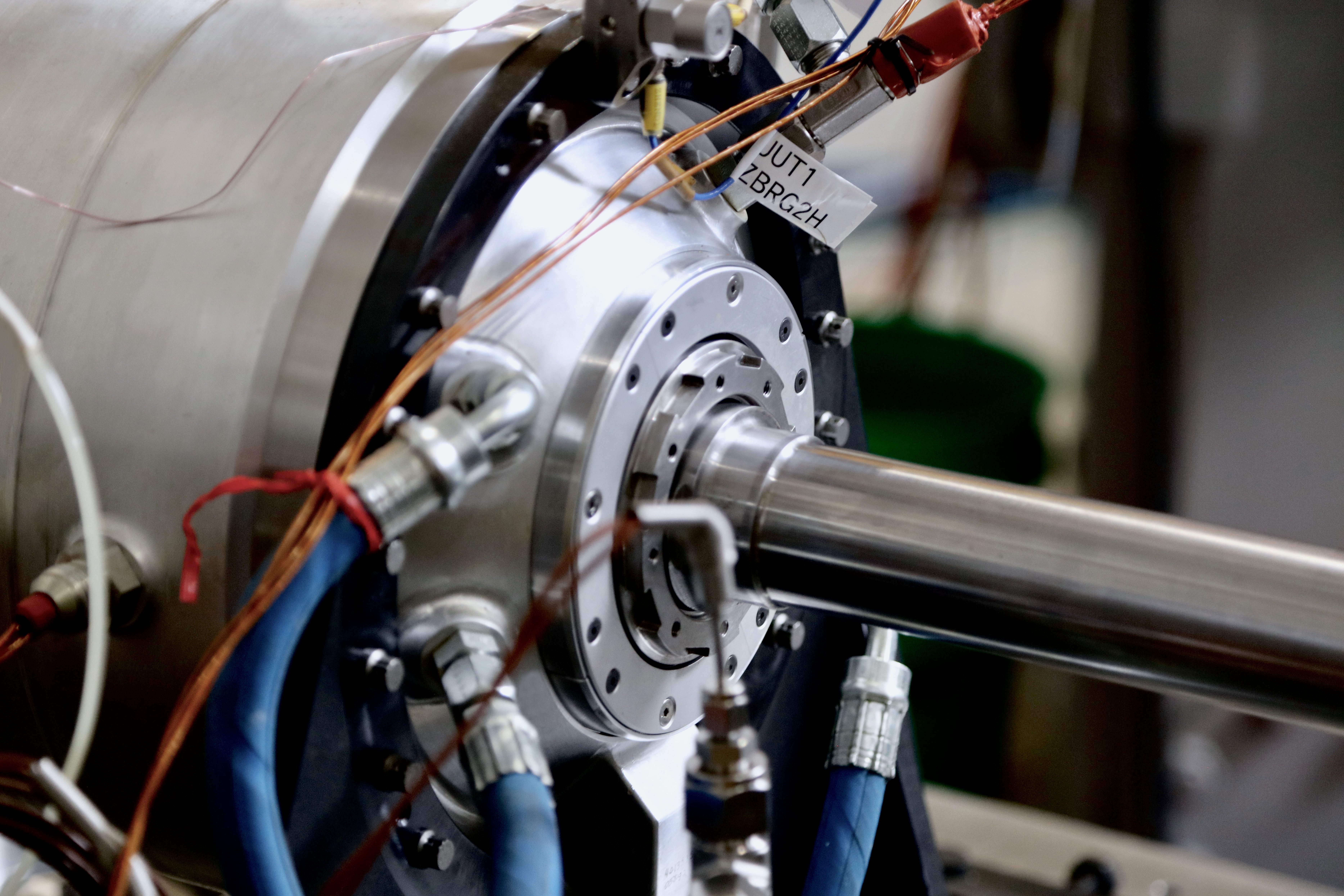Click Here to View This Page on Production Frontend
Click Here to Export Node Content
Click Here to View Printer-Friendly Version (Raw Backend)
Note: front-end display has links to styled print versions.
Content Node ID: 419401
GE Aviation is partnering with Boeing to support flight tests of a planned hybrid-electric propulsion system using a modified Saab 340B aircraft. For initial testing, the aircraft engines manufacturer will fly the regional airliner with a pair of its CT7-9B turboprops and a combined electric motor and generator as it works on a fully hybrid-electric system that might be used to retrofit existing regional airliners or power new aircraft designs.
The parallel test configuration will allow GE’s engineering team to switch power between the motor/generator and the turboprops. The powertrain will also include batteries to store electric power produced by the generator. "We are looking to be able to charge batteries, as well as moving power to the engine and side-to-side," GE Aviation's hybrid-electric systems program leader Christine Andrews explained to FutureFlight.
Under the terms of the agreement, Boeing and its subsidiary Aurora Flight Sciences will modify the Saab 340 testbed aircraft and support GE Aviation with system integration and flight-testing services. That work includes manufacturing new nacelles, flight deck interface design and software, aircraft-level performance analysis, and systems integration.
In October 2020, NASA and GE Aviation announced the launch of a new research partnership to develop a megawatt-class hybrid-electric propulsion system to demonstrate flight readiness for single-aisle aircraft. Plans call for ground and flight tests to start in the mid-2020s. Part of NASA’s Electrified Powertrain Flight Demonstration project, that program involves a $260 million collaboration among NASA, GE Aviation, Boeing, and other partners over five years.
“We are excited about the opportunity to collaborate with Boeing to advance hybrid electric and electric propulsion systems,” said Mohamed Ali, vice president and general manager of engineering for GE Aviation. “NASA’s Electrified Powertrain Flight Demonstration project is an opportunity for GE Aviation and Boeing, world leaders in aviation technologies, to show hybrid-electric propulsion is real and possible for the future of commercial flight to reduce carbon emissions.”
Aircraft systems engineering and testing work will take place at Aurora’s headquarters in Manassas, Virginia, along with nacelle manufacturing at the company’s facilities in Mississippi and West Virginia.
Aurora has previously been involved in developing the Passenger Air Vehicle eVTOL technology demonstrator aircraft that had been seen as a likely first step for Boeing to get involved in the urban air mobility sector until the U.S. aerospace group announced the closure of its Boeing NeXt unit in September 2020. Since then, Aurora has been providing engineering support for Wisk Aero’s Cora eVTOL aircraft program, in which Boeing is a 50:50 joint venture partner with Kitty Hawk.
GE Aviation has worked on developing elements of high-power hybrid electric systems for more than a decade; including motors, generators, power converters, and power management systems. The company says the resulting electrification technologies “are highly compatible” with sustainable aviation fuel and hydrogen, as well as advanced engine architectures such as the open fan and new compact engine core designs.
